M & M's World Cruise
Sunday – Bora Bora –Excited to finally arrive in French Polynesia. We stood on deck with our fellow passengers watching our approach to the island of Bora Bora. Everyone gets so excited when we reach dry land again. After tendering to shore, we took a boat ride out into the lagoon where the water is crys tal clear and not very deep. Our captain, Ramon, played his ukelele & sang a few songs, and he also jumped in and distributed a little chum to attract his favorite manta rays. A young blacktip reef shark also made an appearance, but apparently “shoo” is all you need to say to keep it away. After a soggy, but beautiful boat ride (the rain was really coming down by now!), we returned to shore and made our way out to Matira Beach. Some of the Viking Neptune crew had the day off and joined us for a selfie. We couldn’t figure out why the dog in the water ignored us, but oh well. Then on to Bloody Mary’s for, well, a Bloody Mary (and an Amaretto Sour for Mike). And, oh, the beautiful palm trees and white sand beaches took our breath away!
Monday – Mo’orea – Up at 5:30 am to watch our approach to Opunohu Bay. Tall volcanic mountains are the signature of this island. The day was overcast, with rain off and on, but hey, that’s what keeps the islands green! Our bus tour made its way up to Belvedere Lookout, where we could see both Cook Bay and Opunohu Bay. Throughout the day, we saw different views of Mont Tohivea (3,960’). We then visited the remains of a temple where our guide explained that originally, the islanders had 3 gods and 1 religion. After the missionaries arrived, they had 1 god and now have 10 religions. Hmmmm…. As we circumnavigated the island, we saw many beautiful views, the remains of a resort or two that have permanently closed, and each of the 5 villages. Our final stop was at the Tiki Village, a reconstructed traditional island village with a beautiful beachfront and a collection of Paul Gaugin reproductions. Fun facts: the Wild Hibiscus is like a clock. It is white early in the morning; then turns pink, red, blue, orange, and finally peach or yellow or purple by night before it dies. The flower can also be rubbed on the inside of your swim goggles which provides about 2 hours of defogging.
Tuesday – Tahiti – Our ship made the short 20-mile trip from Mo’orea to Tahiti on Monday evening, so we were up before dawn again to watch the sunrise over Pape'ete, the capital and largest city of French Polynesia, with a population of 28,000. Our guide, Gerald, shared great information throughout our trip around Tahiti nui (the big island), which is joined by a tiny isthmus to Tahiti iti (the small island). Our first stop was at Venus Point, landing spot of the mutineers from the HMS Bounty in 1789. We visited our first black sand beach (black because the island is still very young, compared to Bora Bora & Mo’orea’s beautiful white sand beaches) and the lighthouse. And there were dogs ignoring us again. That is because dogs don’t generally get fed by their owners here. They do their own fishing and wander around like they own the place. Beautiful trees everywhere – mangos, breadfruit, banana. The most beautiful is the Jungle Flame tree, aka Tahitian Christmas tree. As with most plants on the island, they are not only beautiful, but have myriad health benefits. We made several stops along the way, including a waterfront restaurant and a small botanical garden, and learned so much about Tahiti, French Polynesia, and its relationship to France, as well as more than our brains could hold about the plants, trees, and flowers. Fun facts: French Polynesia is made up of 118 islands, of which 50 are inhabited. To attend high school, you must take the ferry from your island or move to Tahiti, as that is where the only high school is located. Education is free (all the way through university) and is the largest part of FP’s budget. The water is a constant 80 degrees year-round. More people are killed by falling coconuts than sharks.
Later in the afternoon, we walked around Pape'ete, along the waterfront and down to the Presidential Palace, where we walked around the grounds to see the beautiful display celebrating the Chinese New Year, year of the rabbit. Chinese make up 10%+ of the population of Tahiti and are the majority of business owners. Gerald, our guide, said that is because Polynesian families are large and they give everything away for free to their relatives, so it’s best to have the Chinese owning the shops. Our day ended with a stunning French Polynesia music and dance performance by “O Tahiti E” on board the Viking Neptune.
Mary Forman
53 chapters
French Polynesia
January 24, 2023
|
Bora Bora, Mo’orea, Tahiti
Sunday – Bora Bora –Excited to finally arrive in French Polynesia. We stood on deck with our fellow passengers watching our approach to the island of Bora Bora. Everyone gets so excited when we reach dry land again. After tendering to shore, we took a boat ride out into the lagoon where the water is crys tal clear and not very deep. Our captain, Ramon, played his ukelele & sang a few songs, and he also jumped in and distributed a little chum to attract his favorite manta rays. A young blacktip reef shark also made an appearance, but apparently “shoo” is all you need to say to keep it away. After a soggy, but beautiful boat ride (the rain was really coming down by now!), we returned to shore and made our way out to Matira Beach. Some of the Viking Neptune crew had the day off and joined us for a selfie. We couldn’t figure out why the dog in the water ignored us, but oh well. Then on to Bloody Mary’s for, well, a Bloody Mary (and an Amaretto Sour for Mike). And, oh, the beautiful palm trees and white sand beaches took our breath away!
Monday – Mo’orea – Up at 5:30 am to watch our approach to Opunohu Bay. Tall volcanic mountains are the signature of this island. The day was overcast, with rain off and on, but hey, that’s what keeps the islands green! Our bus tour made its way up to Belvedere Lookout, where we could see both Cook Bay and Opunohu Bay. Throughout the day, we saw different views of Mont Tohivea (3,960’). We then visited the remains of a temple where our guide explained that originally, the islanders had 3 gods and 1 religion. After the missionaries arrived, they had 1 god and now have 10 religions. Hmmmm…. As we circumnavigated the island, we saw many beautiful views, the remains of a resort or two that have permanently closed, and each of the 5 villages. Our final stop was at the Tiki Village, a reconstructed traditional island village with a beautiful beachfront and a collection of Paul Gaugin reproductions. Fun facts: the Wild Hibiscus is like a clock. It is white early in the morning; then turns pink, red, blue, orange, and finally peach or yellow or purple by night before it dies. The flower can also be rubbed on the inside of your swim goggles which provides about 2 hours of defogging.
Tuesday – Tahiti – Our ship made the short 20-mile trip from Mo’orea to Tahiti on Monday evening, so we were up before dawn again to watch the sunrise over Pape'ete, the capital and largest city of French Polynesia, with a population of 28,000. Our guide, Gerald, shared great information throughout our trip around Tahiti nui (the big island), which is joined by a tiny isthmus to Tahiti iti (the small island). Our first stop was at Venus Point, landing spot of the mutineers from the HMS Bounty in 1789. We visited our first black sand beach (black because the island is still very young, compared to Bora Bora & Mo’orea’s beautiful white sand beaches) and the lighthouse. And there were dogs ignoring us again. That is because dogs don’t generally get fed by their owners here. They do their own fishing and wander around like they own the place. Beautiful trees everywhere – mangos, breadfruit, banana. The most beautiful is the Jungle Flame tree, aka Tahitian Christmas tree. As with most plants on the island, they are not only beautiful, but have myriad health benefits. We made several stops along the way, including a waterfront restaurant and a small botanical garden, and learned so much about Tahiti, French Polynesia, and its relationship to France, as well as more than our brains could hold about the plants, trees, and flowers. Fun facts: French Polynesia is made up of 118 islands, of which 50 are inhabited. To attend high school, you must take the ferry from your island or move to Tahiti, as that is where the only high school is located. Education is free (all the way through university) and is the largest part of FP’s budget. The water is a constant 80 degrees year-round. More people are killed by falling coconuts than sharks.
Later in the afternoon, we walked around Pape'ete, along the waterfront and down to the Presidential Palace, where we walked around the grounds to see the beautiful display celebrating the Chinese New Year, year of the rabbit. Chinese make up 10%+ of the population of Tahiti and are the majority of business owners. Gerald, our guide, said that is because Polynesian families are large and they give everything away for free to their relatives, so it’s best to have the Chinese owning the shops. Our day ended with a stunning French Polynesia music and dance performance by “O Tahiti E” on board the Viking Neptune.

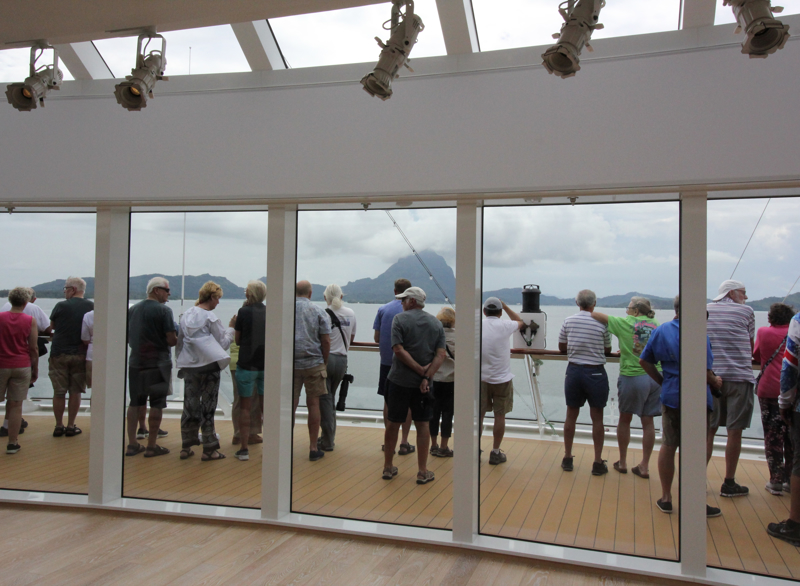
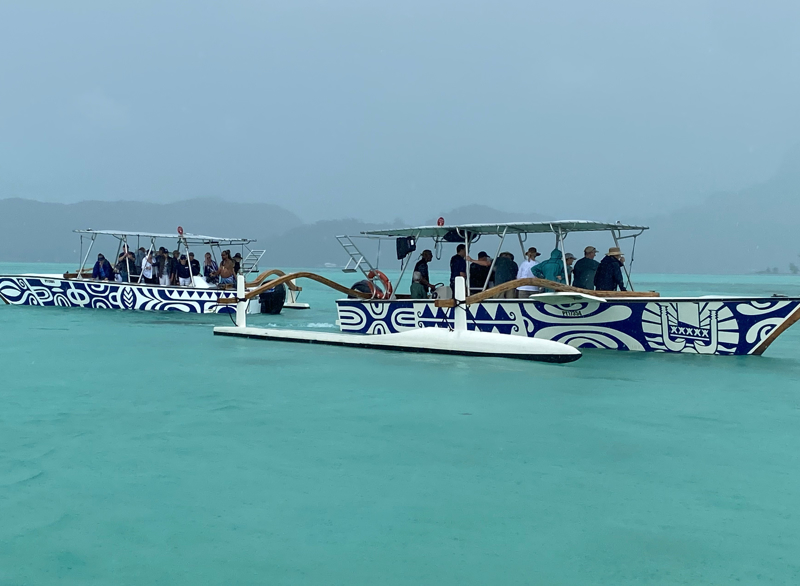
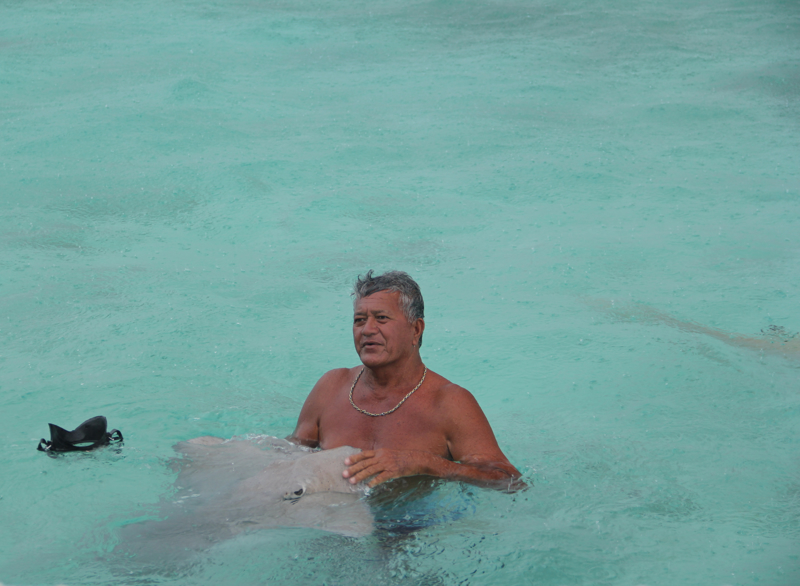
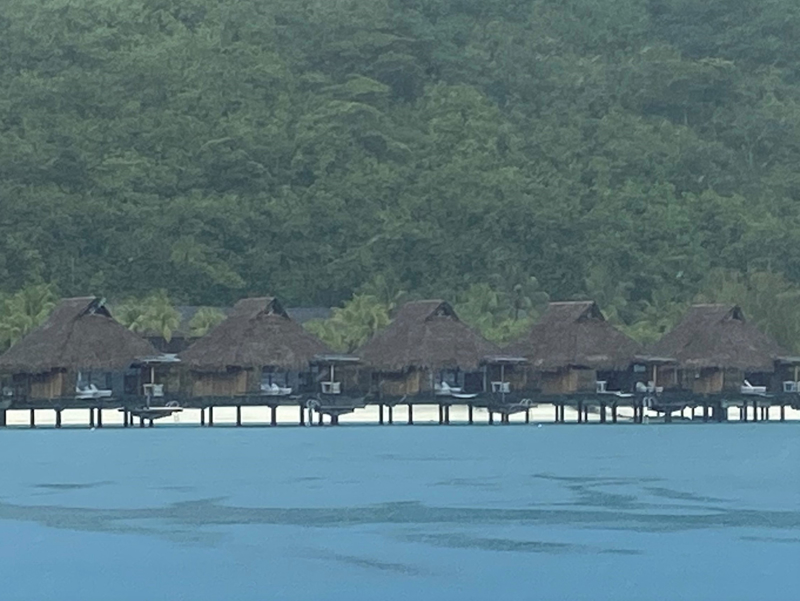
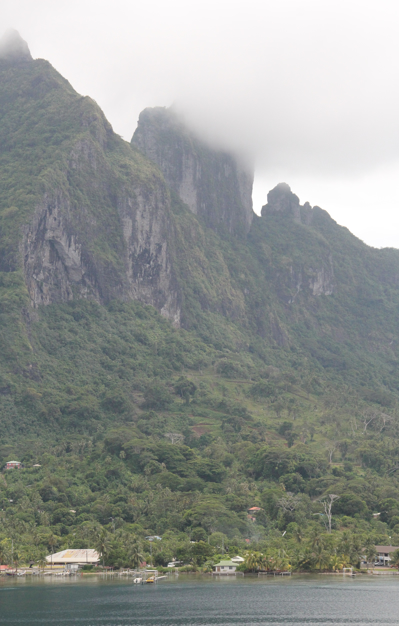
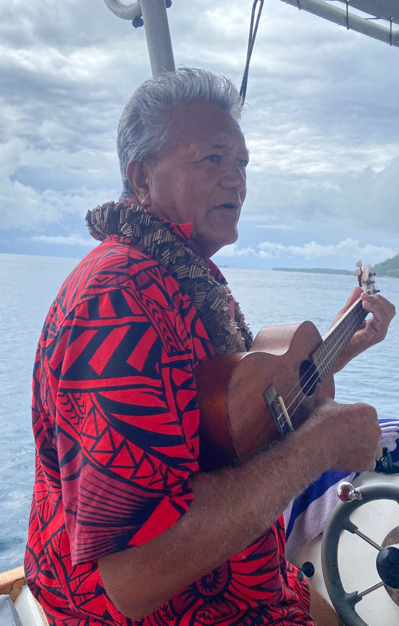
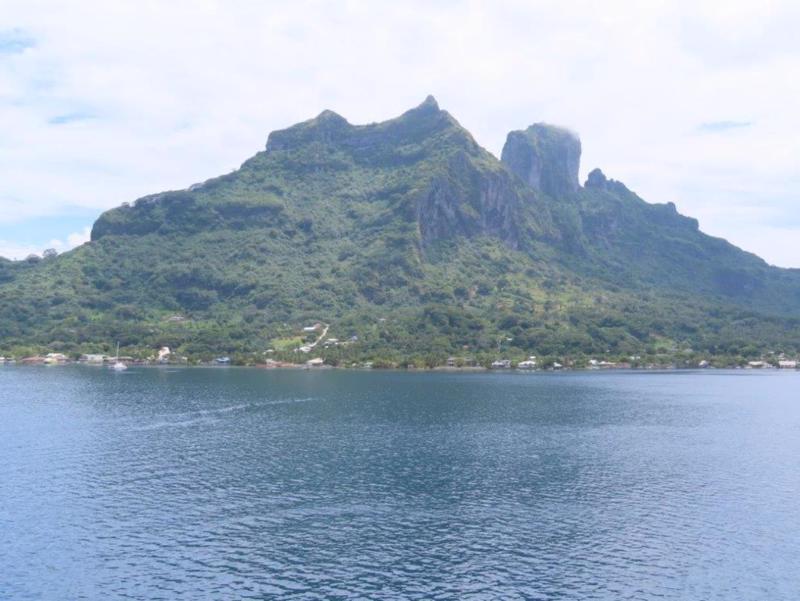
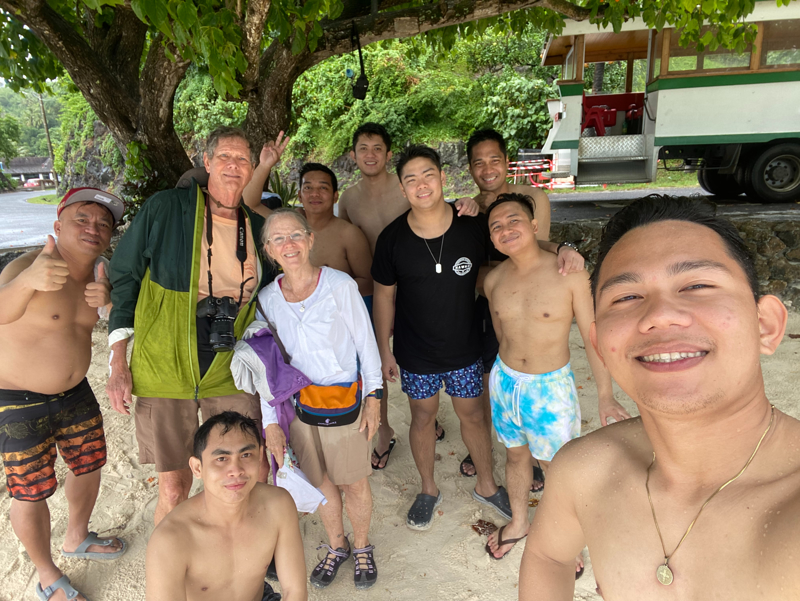
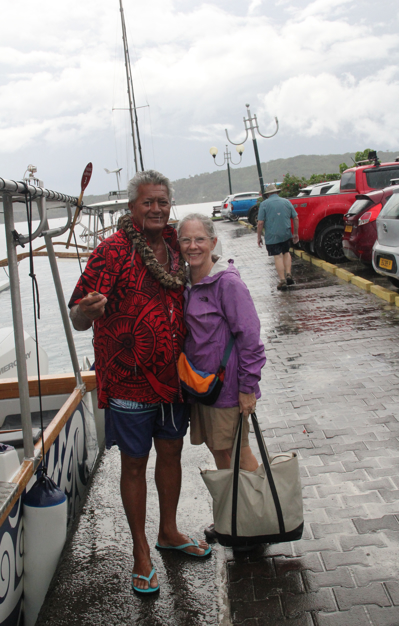
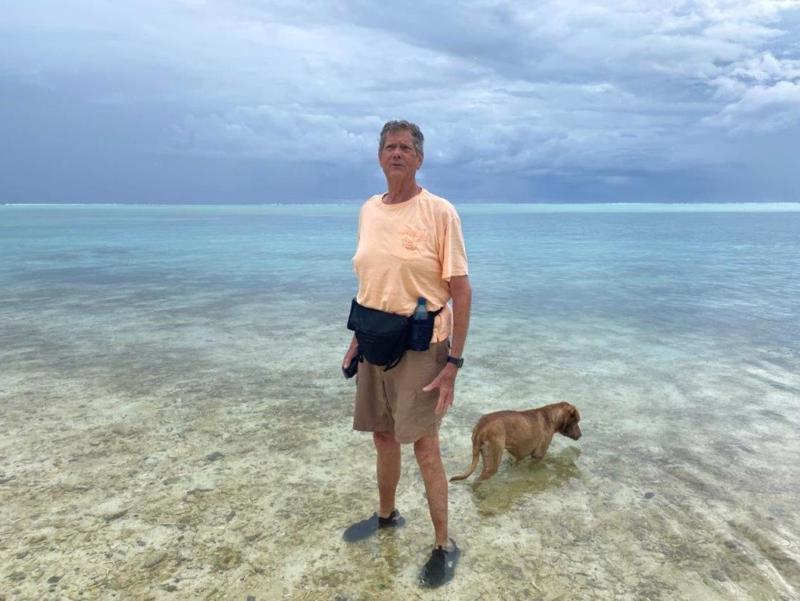
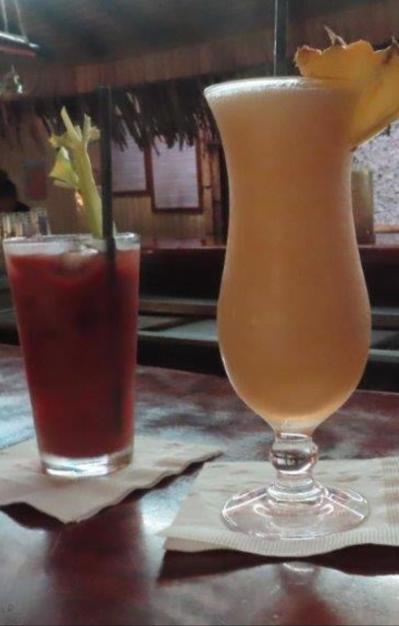

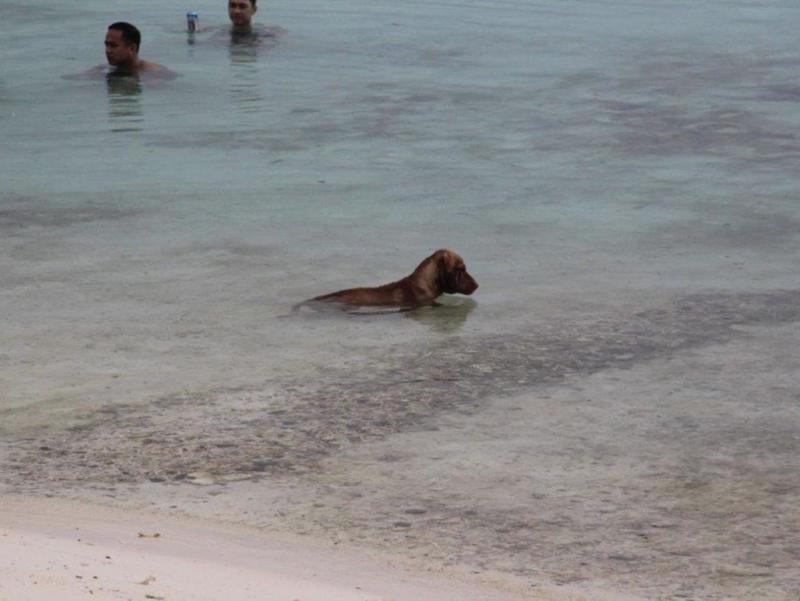

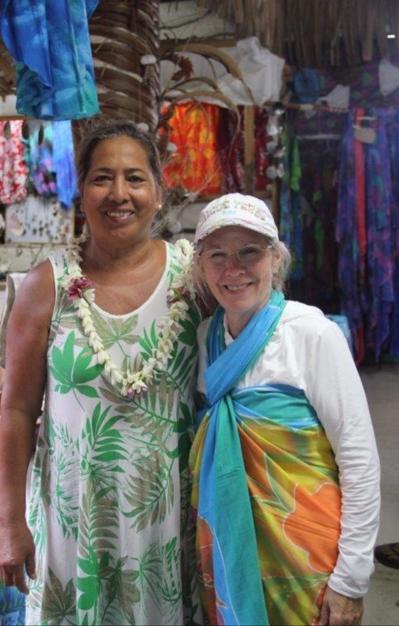

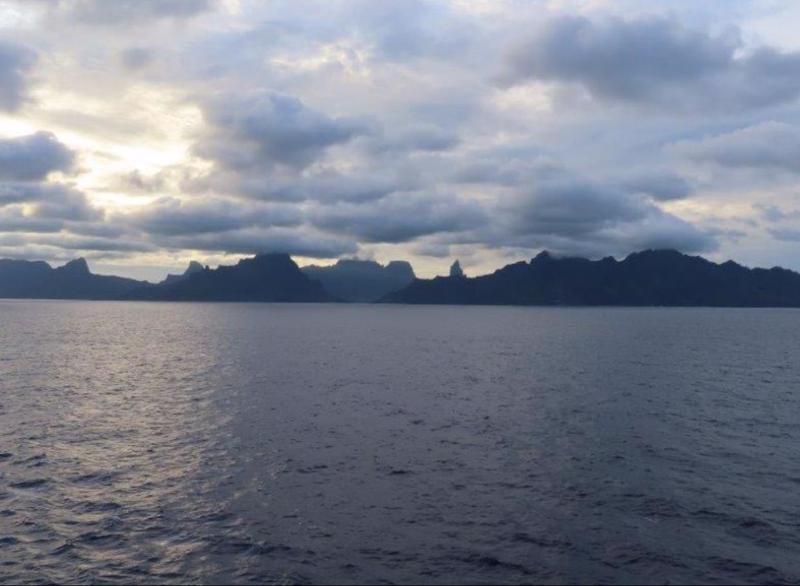
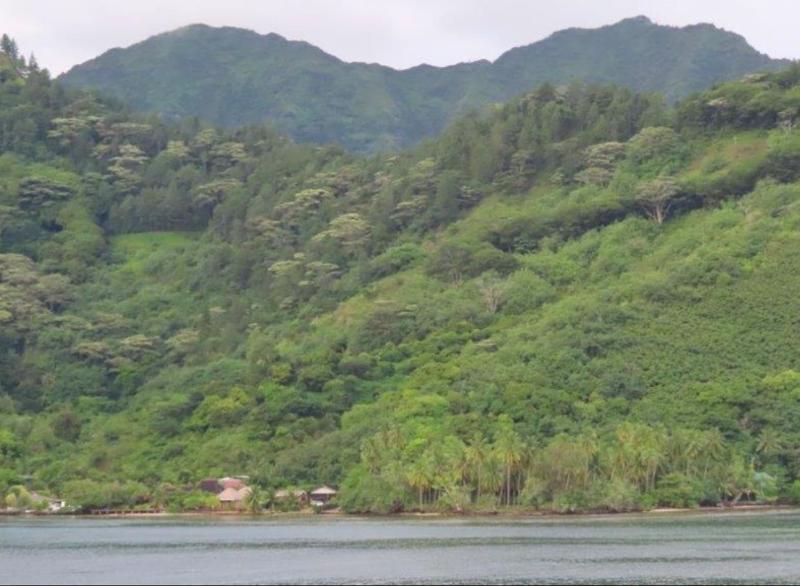

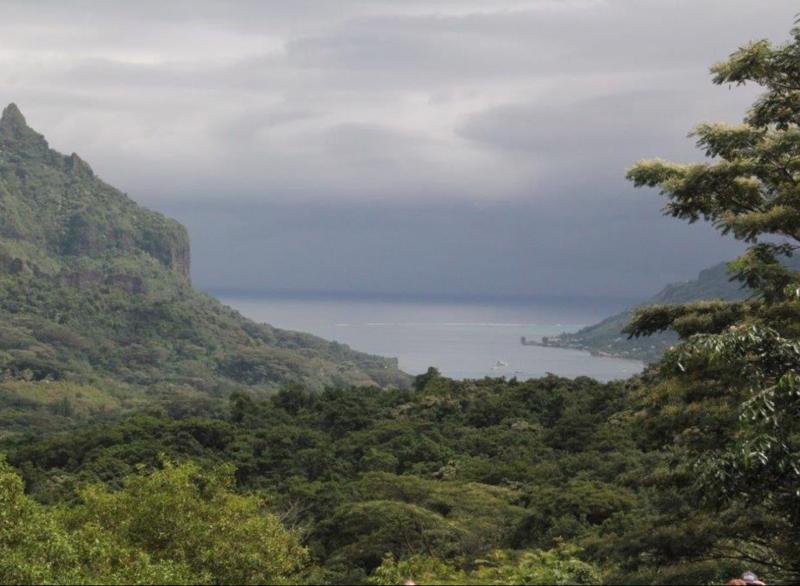
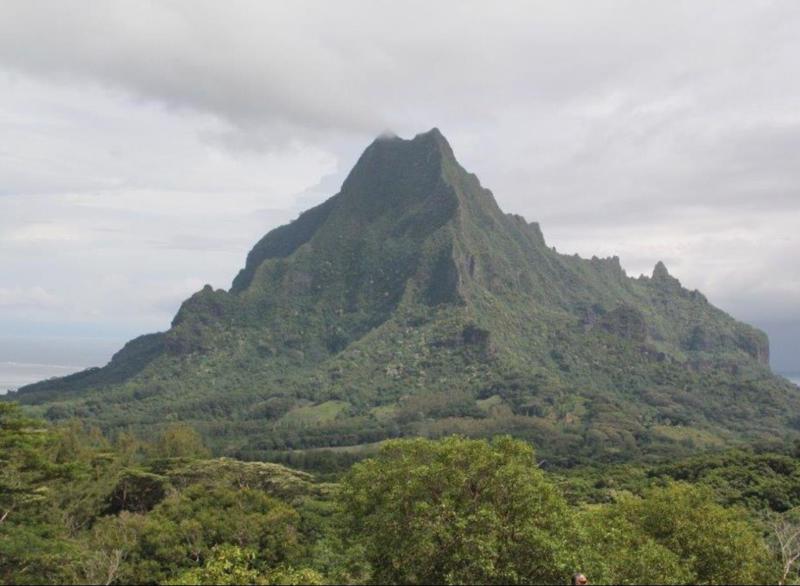

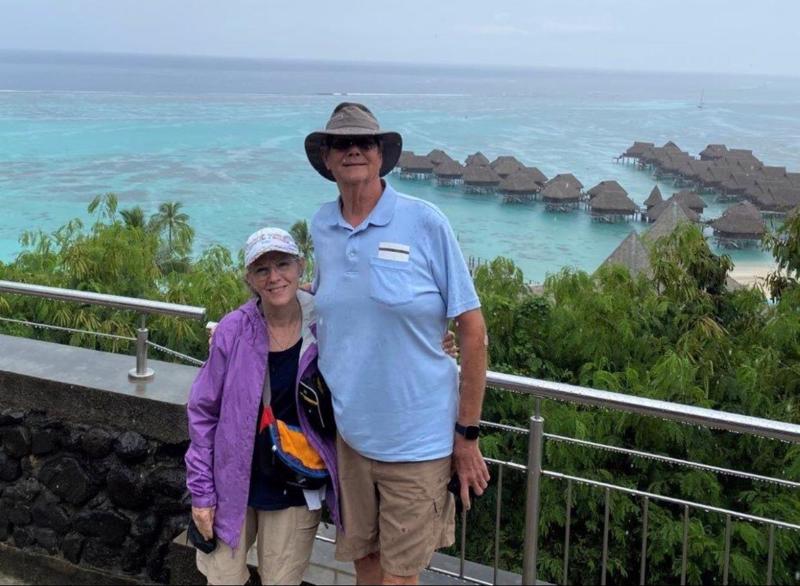
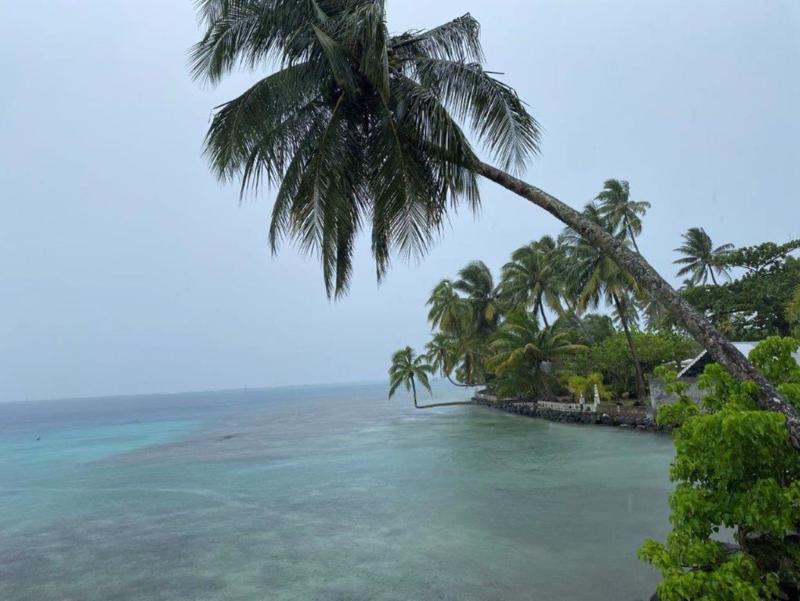
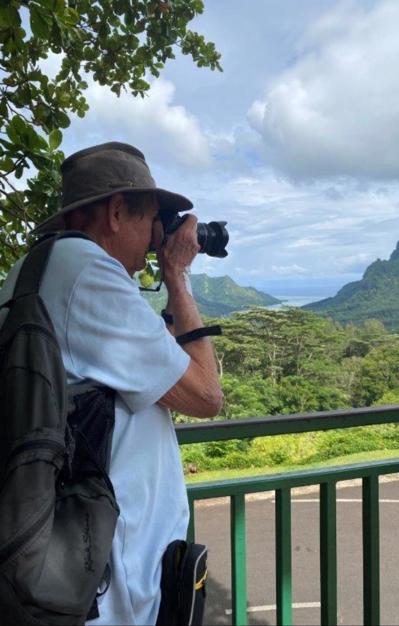
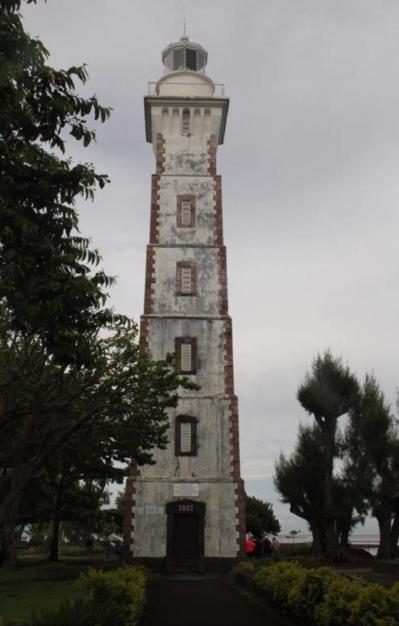
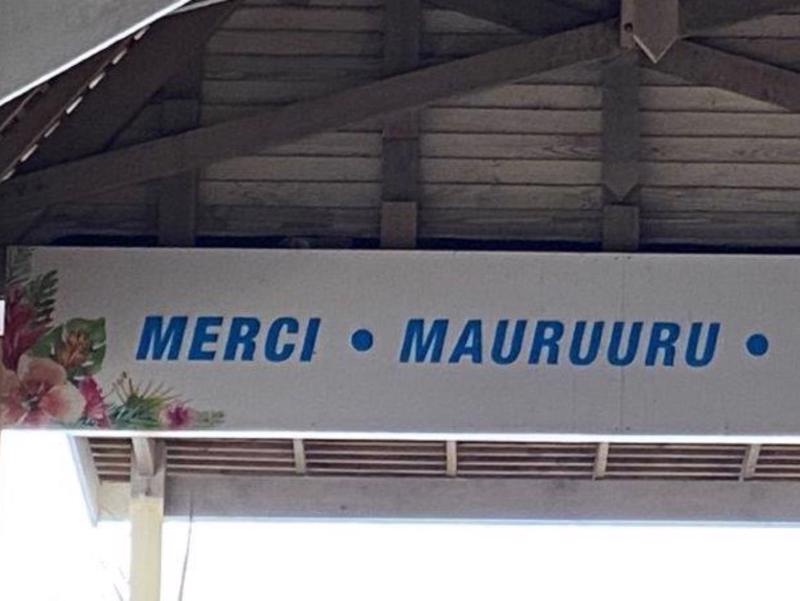


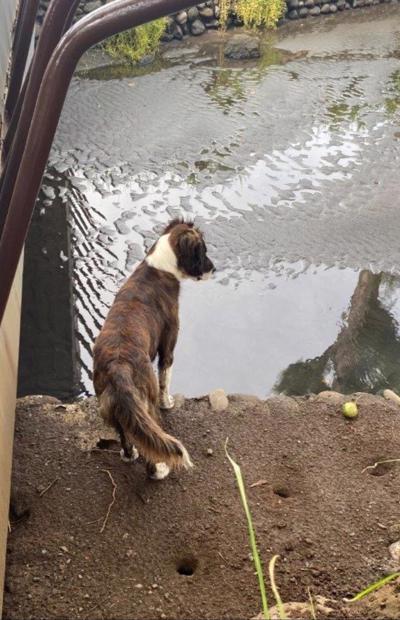
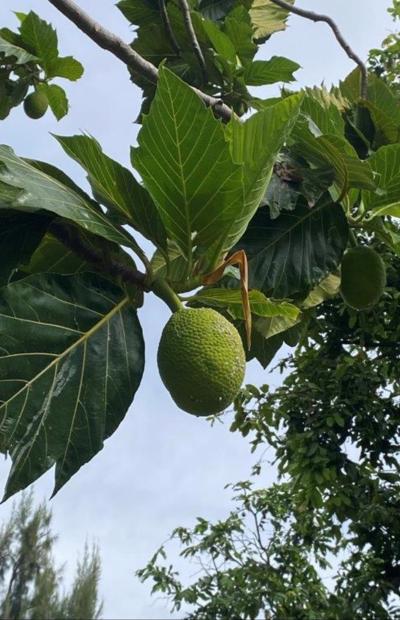
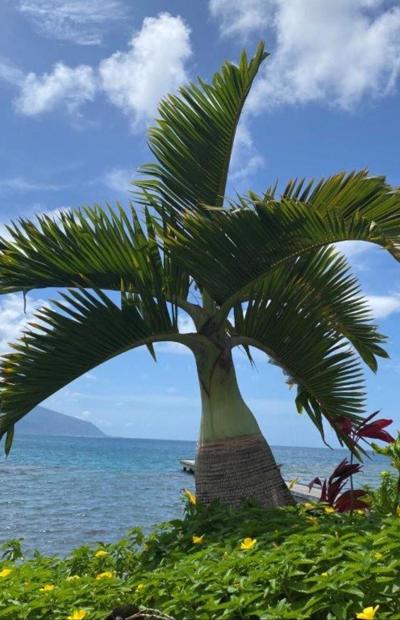
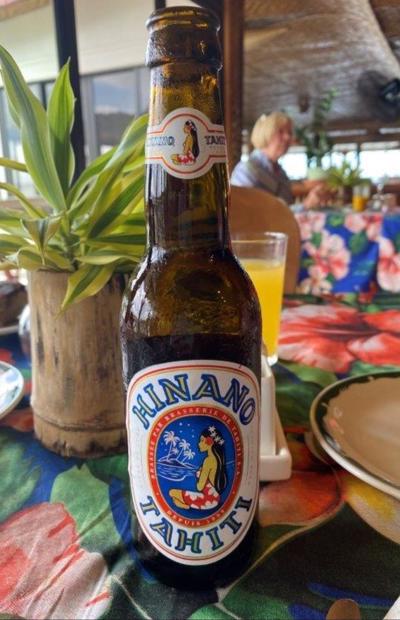
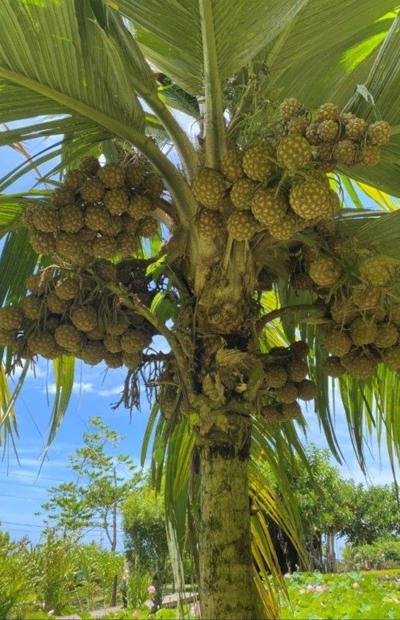
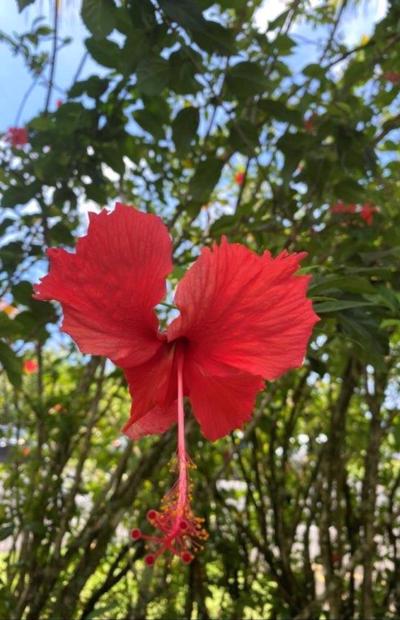
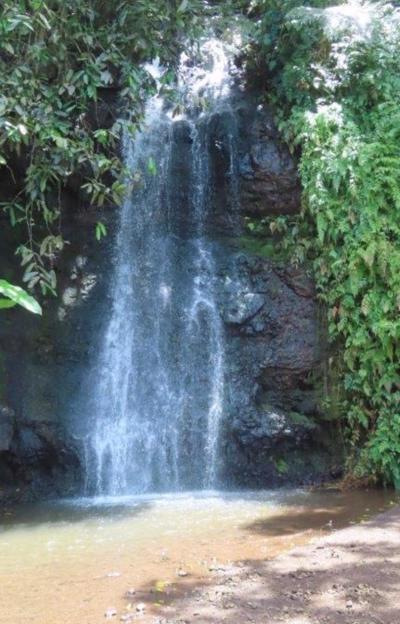

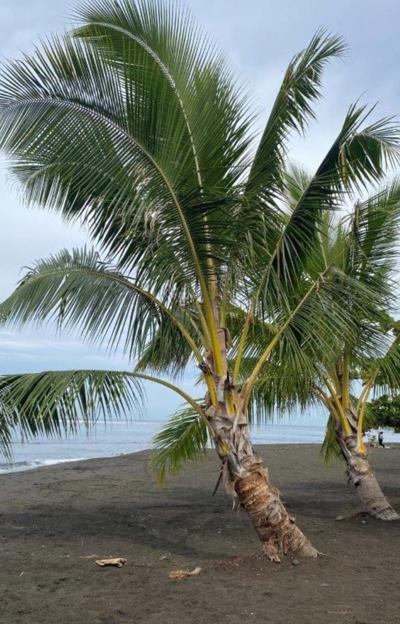
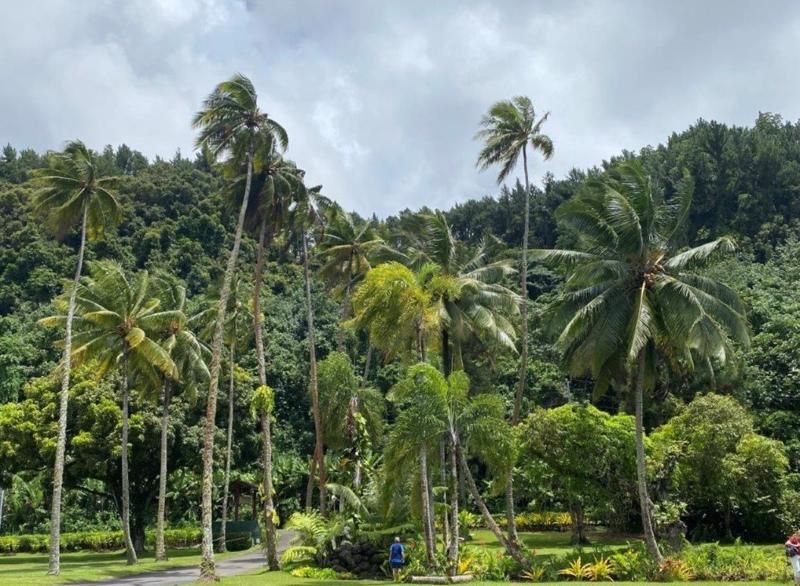
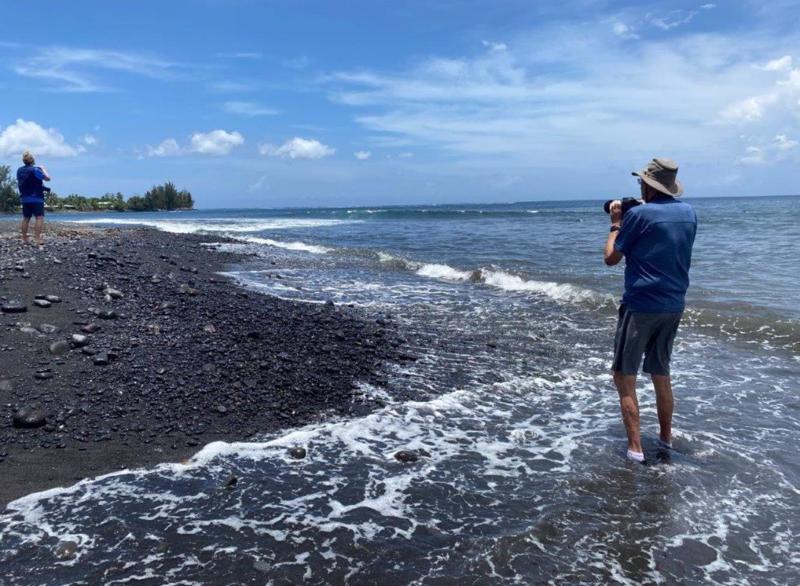
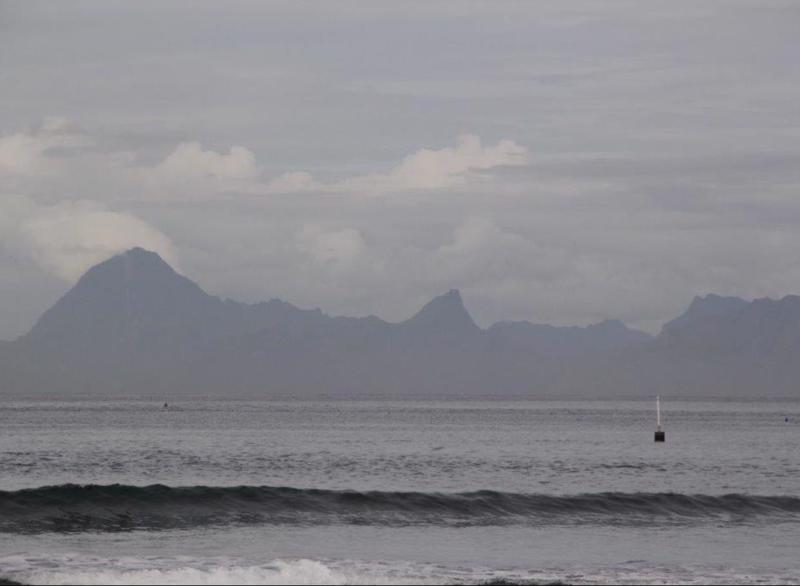
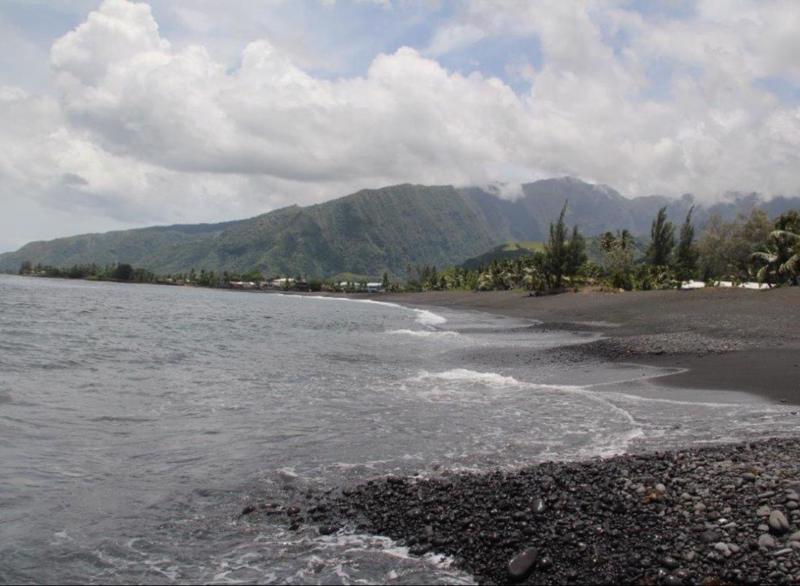
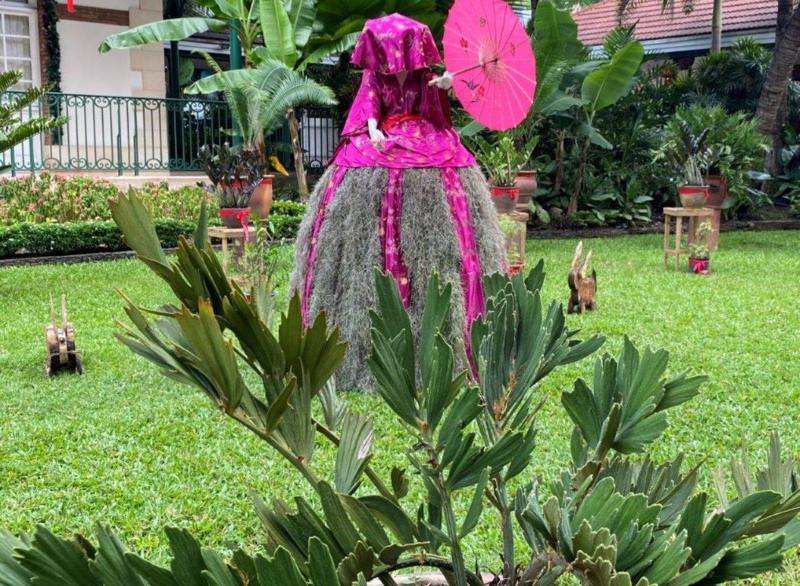

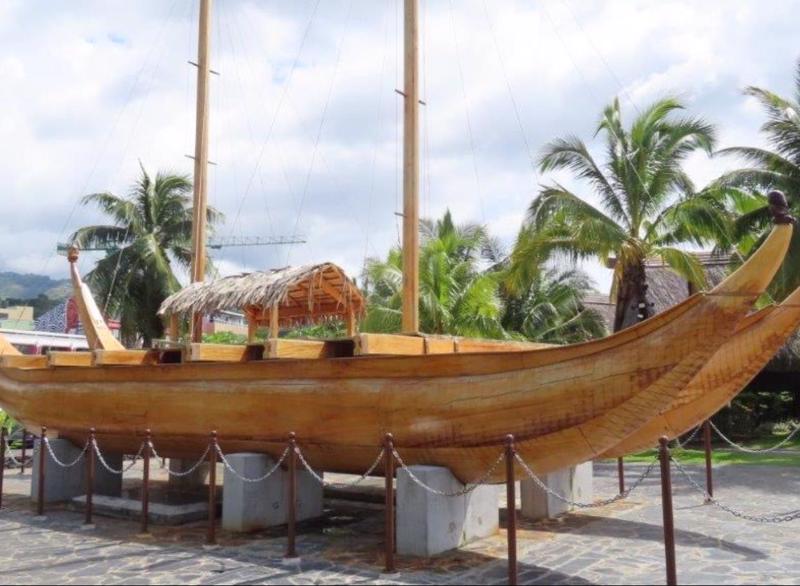
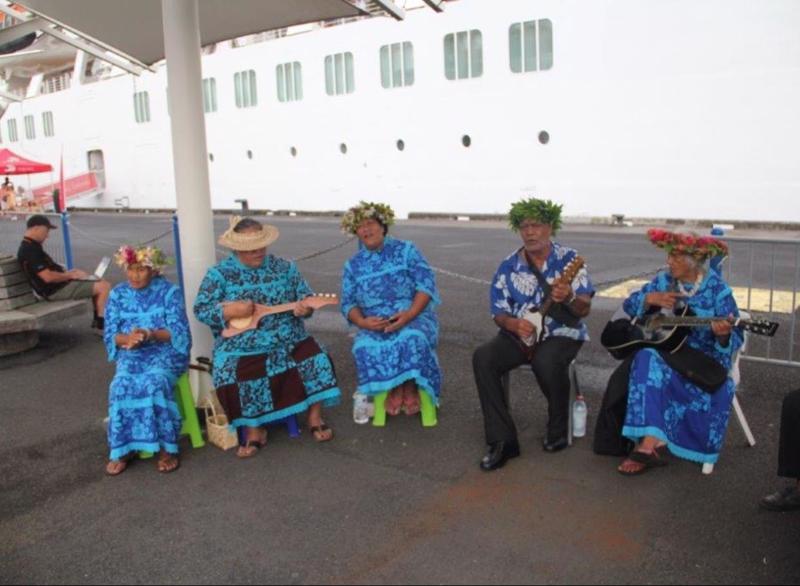
1.
Getting Ready!
2.
Getting Packed
3.
Bon Voyage
4.
Cruising-101 - Our First Sea Day
5.
Historic Cozumel
6.
Sea Day x 2
7.
South America
8.
Panama Canal Day 1
9.
Panama Canal Day 2
10.
Sea Day
11.
New Year’s Eve 2022
12.
New Year's Day 2023 +++
13.
Baja California
14.
Italian Wine & the City of Angels
15.
6 Sea Days From LA to Honolulu
16.
Aloha Hawaii!
17.
Crossing the Equator
18.
French Polynesia
19.
Crossing the International Date Line
20.
North Island - Auckland
21.
North Island - Tauranga & Napier & Wellington - Waitangi Day Weekend
22.
South Island - Doubtful & Milford Sounds
23.
Tasmania, Australia
24.
Victoria, Australia
25.
New South Wales, Australia
26.
Queensland, Australia
27.
Behind the Scenes
28.
Komodo National Park
29.
Bali, Indonesia
30.
Happy Anniversary
31.
Java, Indonesia
32.
Vietnam
33.
Thailand Part 1
34.
Singapore
35.
Malaysia
36.
Thailand Part 2
37.
Sri Lanka
38.
India Part 1
39.
India Part 2
40.
Saudi Arabia
41.
Jordan
42.
Egypt
43.
Suez Canal
44.
Israel
45.
Turkey
46.
Greece
47.
Italy
48.
Monaco
49.
Spain
50.
Portugal
51.
France
52.
England
53.
Heading Home
Share your travel adventures like this!
Create your own travel blog in one step
Share with friends and family to follow your journey
Easy set up, no technical knowledge needed and unlimited storage!